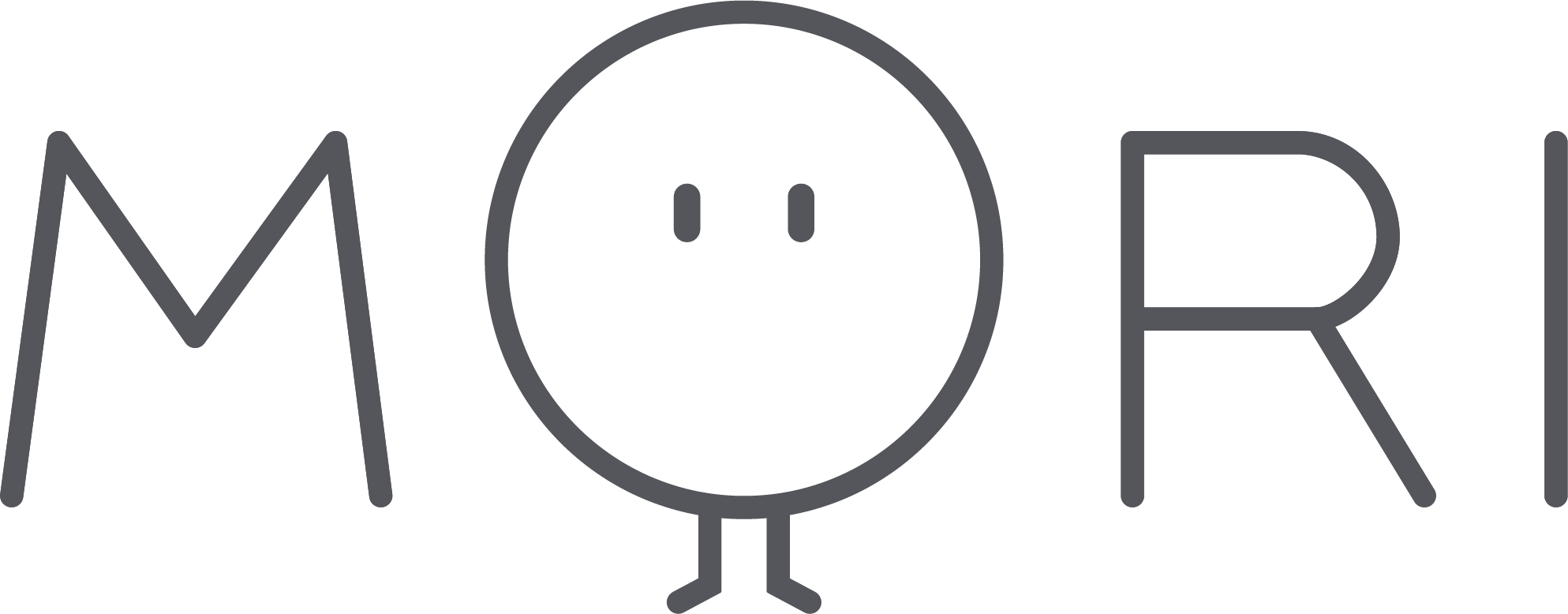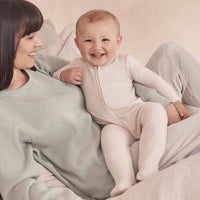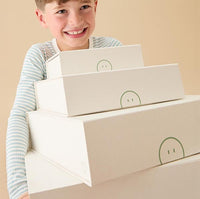We've partnered with Maternity & Postpartum Consultant and Certified Doula, Sasha Romary, to bring you a selection of articles that cover everything from parenting concerns, to baby health and mother's wellbeing. This time Sasha provides us with her guide to bottle feeding, and how you can safely aid your little one's development through nourishment.
 There is so much information supporting breastfeeding mothers these days but if you are a formula-feeding mother, for whatever reason, it is still important to have emotional and practical support to make sure that your baby is fed and healthy. There are so many formula and bottle choices and knowing what is the best option for your baby can be difficult. Below is a guide to help you navigate these options and provide your formula-fed little one with the best.
There is so much information supporting breastfeeding mothers these days but if you are a formula-feeding mother, for whatever reason, it is still important to have emotional and practical support to make sure that your baby is fed and healthy. There are so many formula and bottle choices and knowing what is the best option for your baby can be difficult. Below is a guide to help you navigate these options and provide your formula-fed little one with the best.
Choosing the right formula
Choosing the right formula for your baby might be the hardest and most overwhelming choice as there are so many options: Probiotic, newborn, iron-fortified, easily digested, and more! My tip? Unless your paediatrician recommends something specific, start with something well-rounded and basic and go from there.
There are two main age categories for formula: 0-6 months and 6-12 months. After 12 months you can switch to cow’s milk or continue with follow-on toddler formula. Formulas are manufactured to contain the nutrients that breastfed babies receive in breast milk to ensure that your baby is getting everything they need. They are mostly made of a cow’s milk base but there are goat’s or soy milk based options as well, should your child have any allergies or intolerances to cow’s milk.
If you are starting your newborn with formula from day one, it is important to choose one formula brand and stick to it as they get older. If you are transitioning from breastmilk to formula, it might take trying a few different brands to find one that your little one likes but once you have found that one, it is important to use it consistently. Don’t worry if your baby spits up, this doesn’t mean that this is the wrong formula for them. Stick with it for a few days and let their little system adjust to the transition.
When choosing a brand, it is generally recommended to go with major name brands as these are the companies that do the most research into their ingredients and are regularly tested and compared. Formula is not the place to save pennies. Although smaller companies may be a bit cheaper, they are generally less regulated.
 How much should my baby be eating?
How much should my baby be eating?
How much your baby eats at each feed depends on their age, weight and the number of feeds they are having each day. The formula tin will always have a guide specific to their formula and research but please don’t hesitate to contact your paediatrician if you need further advice.
As your baby gets older, they will have fewer feeds per day with a higher volume at each feed. A newborn might eat up to eight times per day and only consume about 2 ounces (60ml) at each feed. Most experts say that you shouldn’t follow a strict feeding schedule in the early weeks. Newborns eat usually every 2-3 hours and this will extend to 4 hours around 4-5 months. Follow your little one’s signs. Some babies eat more than others and there will be growth spurt periods where it will seem like your baby is eating constantly. Don’t force more than your baby seems ready to eat as their little tummies are easily filled.
What is the best way to warm a bottle?
While there is no health-related reason to warm the milk, babies often prefer it. I would suggest to try serving your baby a room-temperature or slightly cold bottle from the start as this will make your life much easier in the long run! That said, if your baby really prefers a warm bottle, you can heat the bottle by placing it in a bowl of warm (not boiling!) water or by running it under the tap. You can also buy a bottle warmer that will heat the bottle for you.
How to pick the perfect bottle
All babies have different preferences with bottles and teats. Some babies will easily guzzle formula from any bottle while others require a certain teat shape or bottle brand. Others need bottles that are specially designed for colic, gas and spit-up (although most bottles these days are designed to minimise air bubbles). To start, buy or register for a small selection of bottles to see which ones you and your little one like before investing in a whole set.
Make sure you sterilise your new bottles, nipples and rings by submerging them in a pot of boiling water for at least five minutes. After that, a good cleaning with hot, soapy water is sufficient.
 What water to use with powdered formula
What water to use with powdered formula
This might seem like a basic question but this can be a huge point of stress for new mamas as well. The reason for this is that there is really no clear answer. In some cities tap water is just fine for babies but in others, the fluoride content of the water is too harsh for younger babies. Natural spring bottled water is a great choice and many bottled water options even have a little icon indicating that it is safe for babies. You should avoid mineral water as the minerals will be too much for baby to digest. As your baby gets older, you can switch to filtered tap water (again, depending on your city’s water quality) to save on your monthly spending.
Sasha Romary launched The Modern Mama in 2016 to provide maternity and postpartum support to women worldwide. As a trained postpartum doula, Sasha uses evidence-based information and a practical approach to supporting new parents in preparing for the arrival of a new baby and in the early days of parenthood.
Follow her adventures at @_themodernmama



